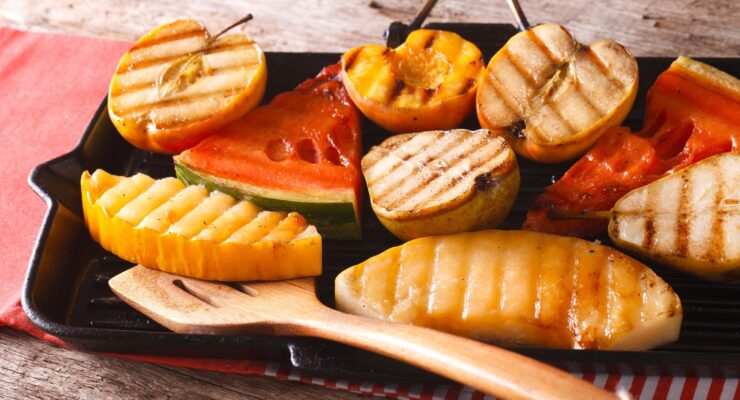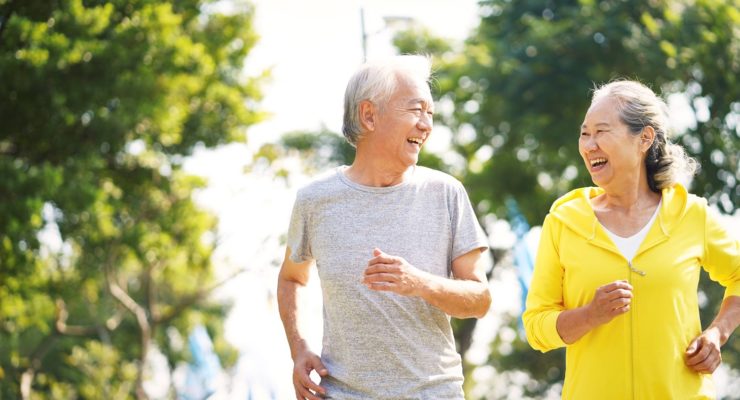8 Foods You Can Freeze (But Didn’t Know You Could!)
Article posted in: Diet & Nutrition
Whether your freezer is just a graveyard for ice cubes and no-longer-edible freezer burnt food, or it’s packed with hardly healthy temptations, you’re missing out on one of your best weight loss weapons! There are a lot of healthy foods you can freeze, but probably had no idea you could.
Toss the temptations and make room for these surprising foods you can freeze:
1. Uncooked Vegetables
Of course, if you buy them frozen, they already belong in the freezer. But if you get a bunch of fresh versions, such as spinach or collard greens, you can store them there, too. If you don’t think you’ll eat them before they wilt, blanch the leaves and then just freeze them until you’re ready to cook. Normally, the enzymes occurring in the food cause it to go bad, but blanching helps prevent this from happening in the freezer. The vegetables retain their flavor, color and texture.
2. Already-Cooked Grains
Yes, you can freeze your healthy grains! You may have realized you can buy them frozen in the store, but save time and money by doing it yourself. Pre-portioned, prepared quinoa, brown ice and barley can go in the freezer for a quick meal down the road. Just add a little water before thawing in the microwave to help keep the grains moist.
3. Leftover Broth
Never use the whole container? Pour chicken or vegetable stock into ice cube trays to use later in rice dishes, casseroles, chowder and other recipes. Another idea: Freeze cubes of leftover wine to amp up the flavor of sauce.
4. Fresh Herbs
The trick: Add a little light olive or canola oil to herbs before freezing to help keep their fresh taste. Place chopped herbs and oil in a re-sealable bag and store it in the freezer in a thin, flat layer (squeezing out the excess air). Like broth, you can also add the herb and oil mixture to ice trays and store in frozen cubes.
5. Yogurt
If your yogurt—whether it be traditional, Greek, Icelandic or something else— is going to spoil before you eat it, move the container from fridge to freezer. You can enjoy it as frozen yogurt or added to smoothies.
6. Bananas
No reason to let those almost-too-ripe fruits go to waste; instead, chop and store them in a re-sealable bag. Frozen banana chunks can be added to smoothies, whipped into ice cream, or used to make banana bread.
7. Whole Tomatoes
Sure, they may be a little mushy when they thaw, but that’s the perfect texture for homemade sauce. No need to blanch tomatoes beforehand; just place them on a cookie sheet in the freezer. Once frozen, store them in tightly-sealed freezer bags or other containers. When you’re ready to use them, run the frozen tomatoes under warm water and the skin will slip right off.
8. Homemade Hummus
The stuff you buy at the supermarket can have a longer shelf-life than what you make at home. Spoon some of your favorite recipe into a freezer-safe container (leave a little space because hummus expands). Then, drizzle a thin layer of oil on top to help keep the hummus moist, cover and freeze. Next time you want it, thaw some in the refrigerator, stir it well and taste—you may need to add a little extra flavor with garlic, diced peppers or spices.
For even more freezer-ready nutrition (and a much easier week), check out some of our customer’s go-to Nutrisystem meals like stuffed chicken breast or all of our mouthwatering melts!











